Discover the breakthroughs — and the dangers — of trusting machines with your health. The truth might shock you.


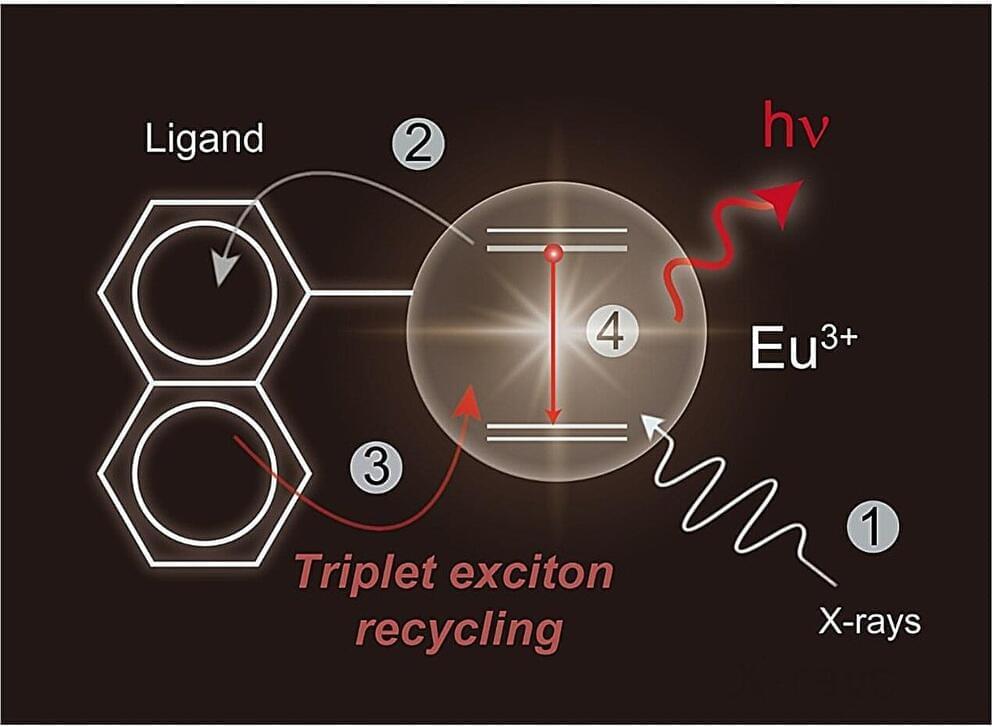
Scientists from the National University of Singapore (NUS) have developed a highly effective and general molecular design that enables an enhancement in radioluminescence within organometallic scintillators by more than three orders of magnitude. This enhancement harnesses X-ray-induced triplet exciton recycling within lanthanide metal complexes.
Detection of ionizing radiation is crucial in diverse fields, such as medical radiography, environmental monitoring and astronomy. As a result, significant efforts have been dedicated to the development of luminescent materials that respond to X-rays.
However, current high-performance scintillators are almost exclusively limited to ceramic and perovskite materials, which face issues such as complex manufacturing processes, environmental toxicity, self-absorption and stability problems.

A new artificial intelligence (AI) model has just achieved human-level results on a test designed to measure “general intelligence.”
On December 20, OpenAI’s o3 system scored 85% on the ARC-AGI benchmark, well above the previous AI best score of 55% and on par with the average human score. It also scored well on a very difficult mathematics test.
Creating artificial general intelligence, or AGI, is the stated goal of all the major AI research labs. At first glance, OpenAI appears to have at least made a significant step towards this goal.

Northwestern University engineers are the first to successfully demonstrate quantum teleportation over a fiber optic cable already carrying Internet traffic.
The discovery, published in the journal Optica, introduces the new possibility of combining quantum communication with existing Internet cables — greatly simplifying the infrastructure required for for advanced sensing technologies or quantum computing applications.

The company behind Oreo cookies has, by its own admission, been quietly creating new flavors using machine learning.
As the Wall Street Journal reports, Mondelez — the processed food behemoth that manufactures Oreos, Chips Ahoy, Clif Bars, and other popular snacks — has developed a new AI tool to dream up new flavors for its brands.
Used in more than 70 of the company’s products, the company says the machine learning tool is different from generative AI tools like ChatGPT and more akin to the drug discovery algorithms used by pharmaceutical companies to find and test new medications rapidly. Thus far the tool, created with the help of the software consultant Fourkind, has created products like the “Gluten Free Golden Oreo” and updated Chips Ahoy’s classic recipe, per the WSJ.
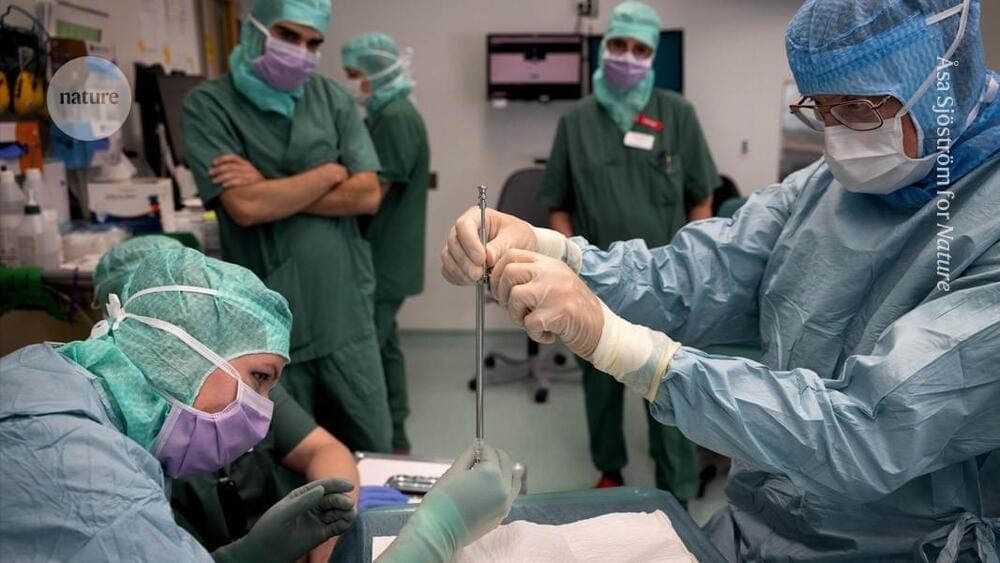
Andrew Cassy had spent his working life in a telecommunications research department until a diagnosis of Parkinson’s disease in 2010 pushed him into early retirement. Curious about his illness, which he came to think of as an engineering problem, he decided to volunteer for clinical trials.
“I had time, something of value that I could give to the process of understanding the disease and finding good treatments,” he says.
In 2024, he was accepted into a radical trial. That October, surgeons in Lund, Sweden, placed neurons that were derived from human embryonic stem (ES) cells into his brain. The hope is that they will eventually replace some of his damaged tissue.
The study is one of more than 100 clinical trials exploring the potential of stem cells to replace or supplement tissues in debilitating or life-threatening diseases, including cancer, diabetes, epilepsy, heart failure and some eye diseases. It’s a different approach from the unapproved therapies peddled by many shady clinics, which use types of stem cell that do not turn into new tissue.
More than 100 clinical trials put stem cells for regenerative medicine to the test. It’s a turning point for a field beset with ethical and political controversy.
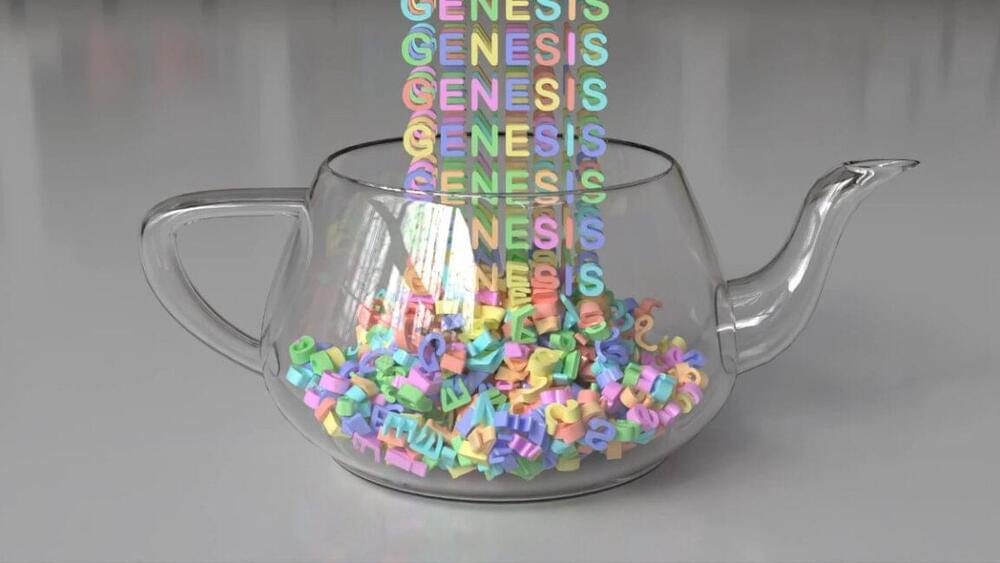
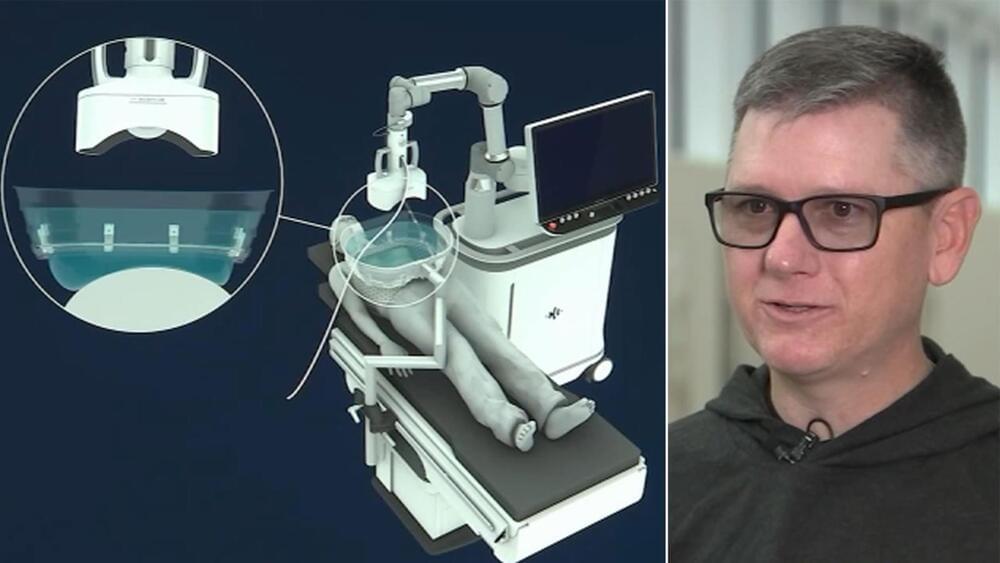
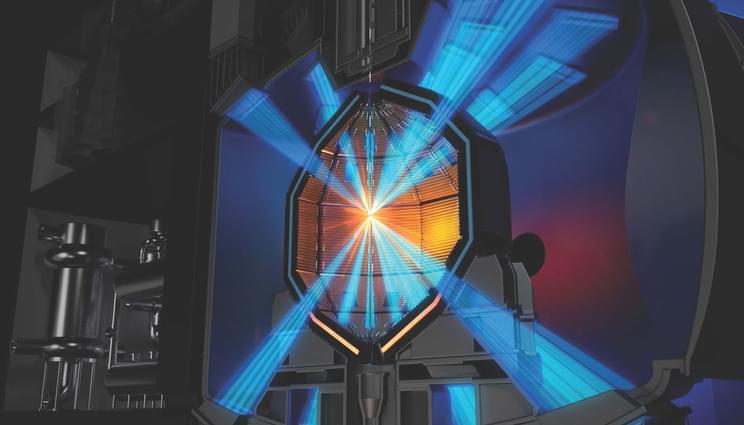
When Lawrence Livermore National Laboratory (LLNL) achieved fusion ignition at the National Ignition Facility (NIF) in December 2022, the world’s attention turned to the prospect of how that breakthrough experiment — designed to secure the nation’s nuclear weapons stockpile — might also pave the way for virtually limitless, safe and carbon-free fusion energy.
Advanced 3D printing offers one potential solution to bridging the science and technology gaps presented by current efforts to make inertial fusion energy (IFE) power plants a reality.
“Now that we have achieved and repeated fusion ignition,” said Tammy Ma, lead for LLNL’s inertial fusion energy institutional initiative, “the Lab is rapidly applying our decades of know-how into solving the core physics and engineering challenges that come with the monumental task of building the fusion ecosystem necessary for a laser fusion power plant. The mass production of ignition-grade targets is one of these, and cutting-edge 3D printing could help get us there.”
